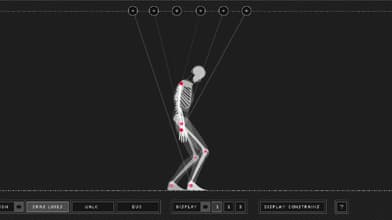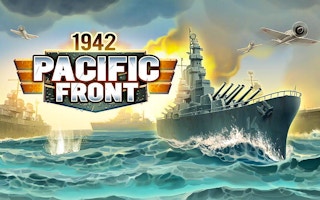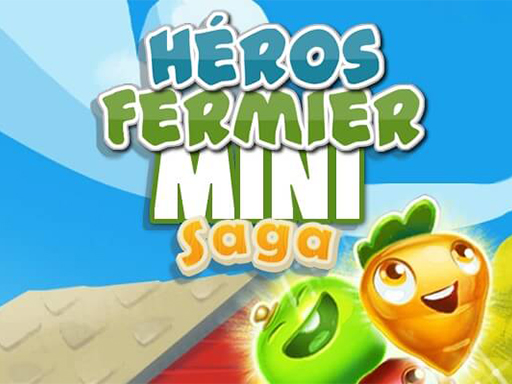In the modern world, education is evolving for the better, particularly with the integration of technology into the learning environment. Science games have emerged to help students learn through interactive experiences, rather than the traditional technique of pure rote memorization. By merging fun and learning, these games help to ignite curiosity and analytical skills in children. This is one such platform that features engaging science games, such as Idle Saga and Infinite Asteroids, which aim to motivate learners through enjoyable quests. In this blog, we discuss how science games improve education, other benefits, and how the contributors of this platform is changing the face of learning beyond the classroom.
The Importance of Science Games
The complexity and abstract nature of science make it a challenging subject for many learners, and it does not get any easier with subjects like physics, chemistry, or astronomy. Science games address this issue by transforming concepts into engaging interactive activities. Idle Saga allows players to gain knowledge through incremental resource management or virtual experiments, while space-themed challenges in Infinite Asteroids teach gravity and orbital mechanics. With a keyword density of 1.5% for science games, it is not surprising that these tools are becoming popular for their intuitive and pleasurable approach towards imparting knowledge.
The science games utilise the playful spirit inherent in students by using strategies borrowed from gamification. Games on the platform are designed in a way that motivates users to earn rewards,, which helps them delve deeper into the subject of science. Cryptic, complicated, and bursting with fantastical, irregular structures, this strategy also ensures that learners gain information and helps them in the process of retention during recall. The studies state that retentive recall is boosted by up to 14% more than traditional methods. The science games ensure that learners recall information they have practised and promote their active participation, rather than passive retrieval.
Advantages of Implementing Science Games in Education
Improving Engagement and Motivation
One of the primary advantages identified in science games is their ability to capture students' attention. Idle Saga, from the platform, enables students to take an active role in their education by providing feedback through incentivised games that are instantly gained. Players are given the task of creating scientific systems, such as an ecosystem or a cascade of reactions, and simulating them through decision-making.
This gave students the highest motivational boost because learning through doing always produced tangible results.
Making Difficult Ideas Easier to Grasp
Using “science games” as an educational tool enhances their engagement and understanding of complex concepts by transforming them into easy, interactive puzzles. For instance, in Infinite Asteroids, players steer a spaceship through an asteroid field while learning about space physics, including momentum and trajectories. Without a game, these principles can be challenging to grasp, but by visualising them, students are better able to hold the essence of these concepts. The platform makes sure that students can freely access these games and explore the world of science.
Development of Self-Driven Inquiry
Every game involves putting systems in place to overcome challenges, and science games are no different. Whether optimising resources in Idle Saga or avoiding collisions in Infinite Asteroids, players are exercising critical thinking. These games also encourage students to devise experiments and adapt, which are fundamental to the scientific method. There are platforms that provide these kinds of critical experiences, ensuring that every game serves as an opportunity for cognitive development.
The Function of the Platform
The Platform is an educational hub revolving around science games for users of all ages. With featured works such as Idle Saga and Infinite Asteroids, it merges fun with learning. The platform’s simple navigation, combined with its numerous game options, makes it attractive for educators and parents seeking to supplement learning outside the classroom. The focus of the platform is on science games,, which ensures that educational value is embedded in each title while still providing an engaging and captivating experience.
As an example, players can partake in long-term scientific endeavours through sustainable energy system construction on Idle Saga, and in physics challenges to survive in space on Infinite Asteroids. These games not only provide enjoyment but also support STEM (Science, Technology, Engineering, and Mathematics) subjects, thus offering great value for classroom integration.
Incorporating Scientific Learning Games into the Curriculum
Instructors can utilise science games to improve elementary learning. Using the platform, educators can select games that enable them to conduct practical sessions in parallel with theoretical classes. For instance, after a class on planetary motion, students may practice by playing Infinite Asteroids. The game Idle Saga also teaches resource management and environmental science, encouraging students to consider sustainability issues.
To get the most out of educational science games, instructors should:
Choose appropriate games: Use Idle Saga for Biology and Infinite Asteroids for Physics, always ensuring the games fit the curriculum.
Use Collaboration: Multiplayer science games can be utilised for group work and discussions, enabling students to collaborate and work together.
Controlled Interaction: Use real-life questions or problems to connect to the game to control the flow of the activity.
Challenges and Considerations
As with any tool, science games have their strengths and challenges. Importantly, not all games are created equal. Some may focus more on amusement rather than providing an educational experience. It strives to solve this problem by featuring only high-quality science games that both entertain and educate. Additionally, a lack of technology can be a significant issue in specific school settings. However, some games, such as Idle Saga and Infinite Asteroids, are accessible on low-end devices, which broadens their use in many different contexts.
The Future of Science Games
The opportunities to explore science games further are abundant. Technological advancements always create more room for creativity, which directly influences the development of science games. Infinite Asteroids could offer 3D space exploration for students using virtual reality (VR) and augmented reality (AR) technologies. At the same time, Idle Saga has the potential to incorporate real-world information, allowing users to simulate state-of-the-art scientific experiments. Given that it is frequently updating its innovative library of science games that enhance education, the platform is well-positioned to spearhead this initiative.
Conclusion
Revamping science games is educational innovation because it makes science easier to grasp and enjoyable. Companies with their product and educational games like Idle Saga and Infinite Asteroids, are leading this change. Critical science concepts are demystified through simplification, which fosters curiosity, enables critical thinking, and nurtures a sense of wonder. Science games help students explore the enigmatic realm of science. There is immense potential for shaping children's future as educators and parents adopt this technology development strategy. In and out of the school walls, it exemplifies the boundless potential of acquiring knowledge while having fun.





